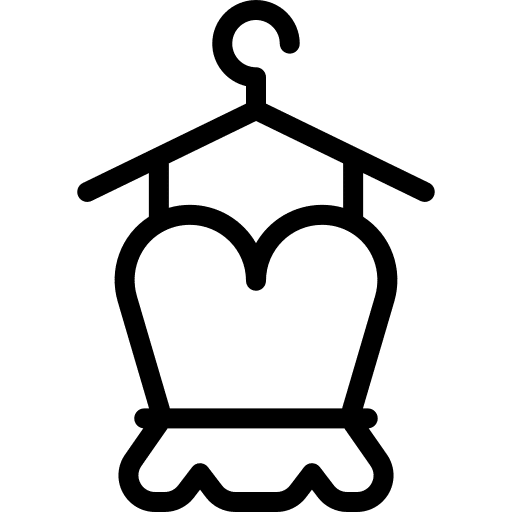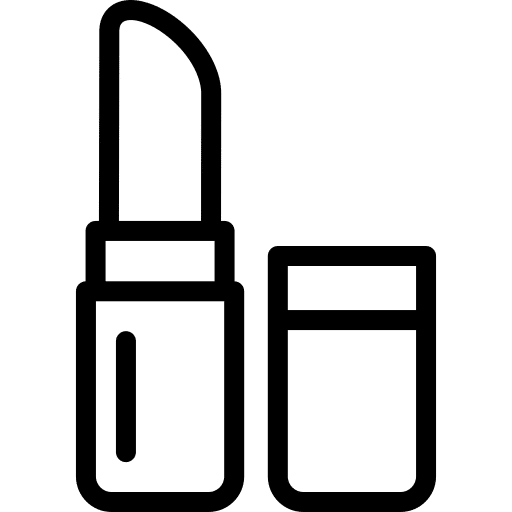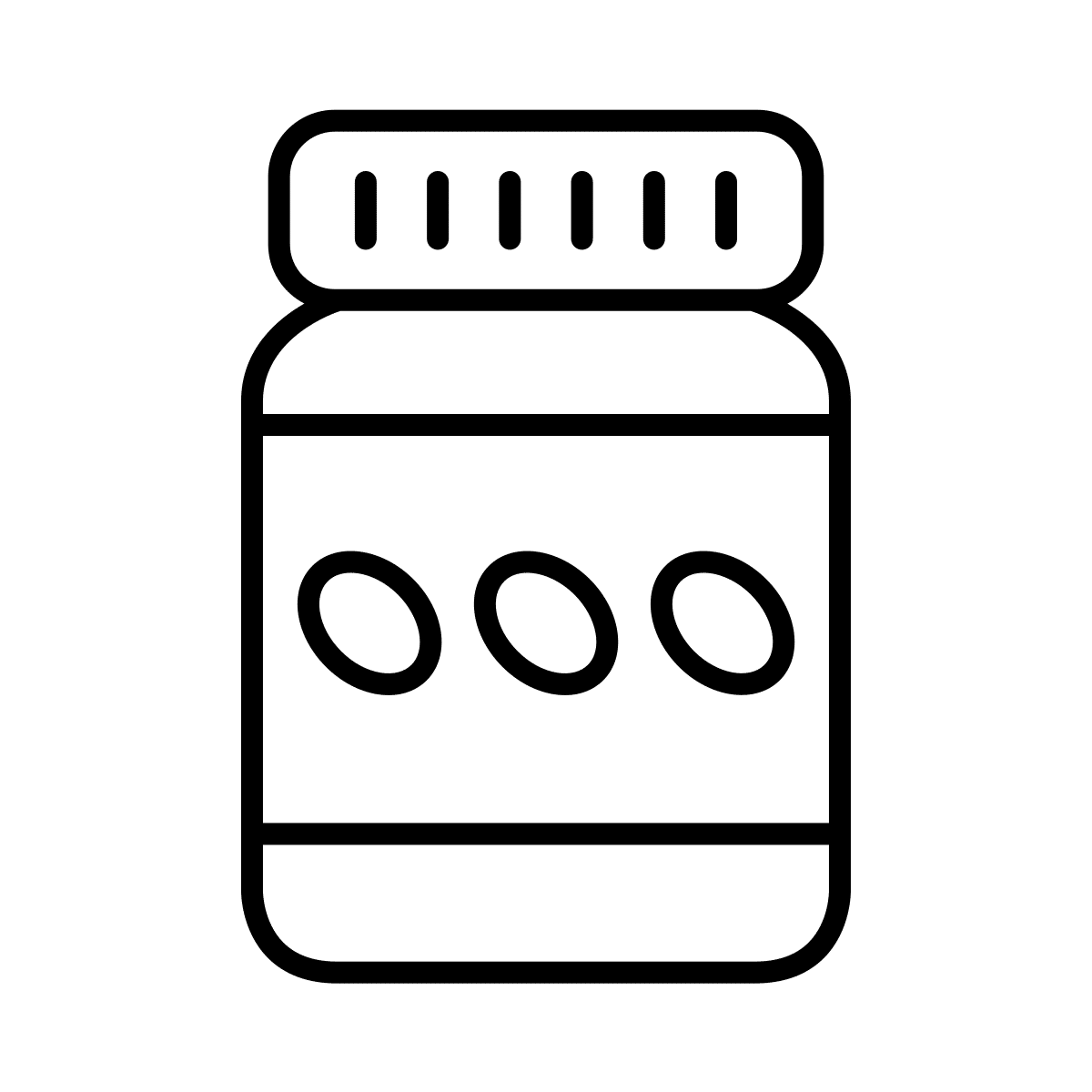So you’ve made a native m-commerce app. Well done! Now, it’s time to drive traffic to it so you can start making sales.
In the past, simply publishing an app and optimizing it for app stores was enough to get downloads and purchase action. Today, you need a well-planned marketing strategy if you want to get continued engagement from users.
Below, you’ll find 5 of our own favorite app marketing campaigns to inform and inspire you. You’ll also find 5 of the key insights that you can apply to your own strategies, explained for your use.
The first app marketing campaign we’ll talk about is…
1. Starbucks Encouraging Downloads with Gamification
App marketing doesn’t have to be direct. You don’t have to ask people to download your app to promote it. Instead, you can attract them with a valuable feature or valuable content – and add an inconspicuous CTA asking users to download the app.
That’s what Starbucks did in this campaign, which drove 2 things every marketer wants: app downloads and user-generated content.
Specifically, Starbucks asks users to submit their images of their products. The best images get highlighted on Starbucks’ official social feeds, like this:

This user-generated content is valuable, and drives lots of shares and views for the brand. And when the users who view this content click through to see more photos, what do they see?
The Starbucks brand bio, which includes a link to download their app.

The takeaway is that app marketing is more than just asking people to download your app. Adding value and gamifying your CTAs like Starbucks is a smart way to improve your app’s popularity.
Next up, let’s look at…
2. Nike+ as Shareable Content
Another way to market socially is to make an app that’s so outstanding users want to share it. For example, Nike+ has such an excellent User Experience design that it’s widely shared and analyzed on sites like Pinterest:

And to interest casual users, Nike+ lets you share the progress you made with your recent sports activity with visual imagery:

In both cases, Nike offers enough value inside the app to get users to share on social media. The takeaway is to take the time to create valuable, shareable content – and an app that looks so good people want to share it.
Of course, if you have a small or medium brand, you may say – but I don’t have Nike’s budget. And that’s true. Fortunately for you, JMango lets you get an app with top-notch UX and visual design regardless of your budget – and in just hours. To learn more, click the banner below.
3. Warby Parker’s Glass Try-out Feature
Eyewear retailer Warby Parker recently launched an app that uses face-mapping technology to recommend eyeglasses that fit your face:
The result makes it easy to choose and buy glasses. It’s also easy to share via social media platforms like Twitter and Facebook. Because this is a serious value add, rather than an attempt to get something out of the users, it has worked very well so far.
The takeaway here is, again, that you should offer as much value as possible. This way, users will have reasons to download and share your app, driving sales and engagement.
Now let’s go back to a more obvious way to market your app:
4. “Download App” Buttons on Social Media
Most social media platforms give you multiple ways to add an app CTA to your page. For one example, here’s Zalando with a “get app” button on their Facebook page:

This strategy is simple, but effective. Users are already checking out your social content. Just guide them to an app that has more content – and many will be happy to download instantly and come back to you regularly.
For even better results, use these CTA buttons and add app links to your bio while publishing quality content. That way, you’ll see lots of app downloads without ever annoying your customers with excessive posts.
Last but not least, let’s talk about…
5. The Game of Phones
A few years ago, Virgin invited Australians to participate in an interactive game that used Virgin’s app, mobile website and physical stores to let users compete against each other for $200,000 Australian dollars.
Without getting into the details of the game too much, here are the end results:
40,000 active users
14,568 users entered a Virgin Mobile store to protect their in-game loot
As many of 44% of users were actively engaged with the game throughout (in Sidney)
Clearly, the combination of gamification and a real-life reward works – and well. The takeaway is to use incentives, both digital and physical, to interest users in your game. Remember, people like stuff – especially free stuff – so the more you can trade for in-app actions, the better.
Now let’s recap by going over the 5 points we learned from today’s examples. Here are the 5 key insights:
Gamification works (Starbucks)
Shareable content is valuable (Nike+)
Value-add features get you downloads and sales (Warby Parker)
Use the “get app” buttons that come with Facebook and Instagram (Zalando, ClassPass)
Real-life rewards are always a good idea (Virgin Australia)
The only remaining question is, is your app good enough to attract and retain users that you bring in via social platforms?
In our experience working with hundreds of digital retailers, we found that the answer is usually no. That’s why we created a platform that helps all businesses, no matter how small, get beautiful (native) apps for iOS and Android.
To learn more about how we can help you, or see a free demo use the form below. We’d love to see if we’re a good fit for each other and answer all your app creation and marketing questions.







